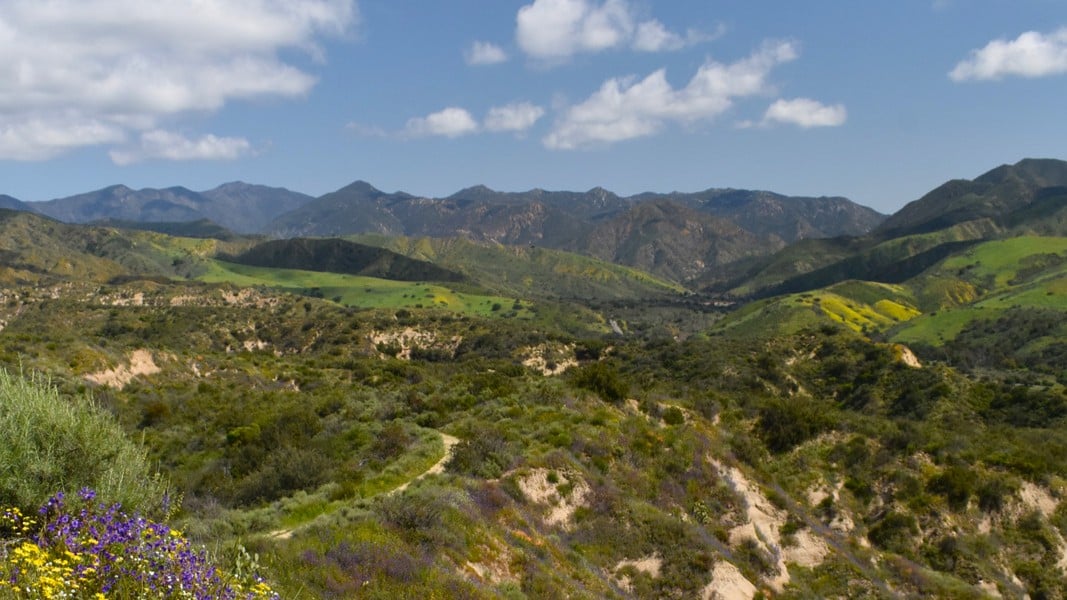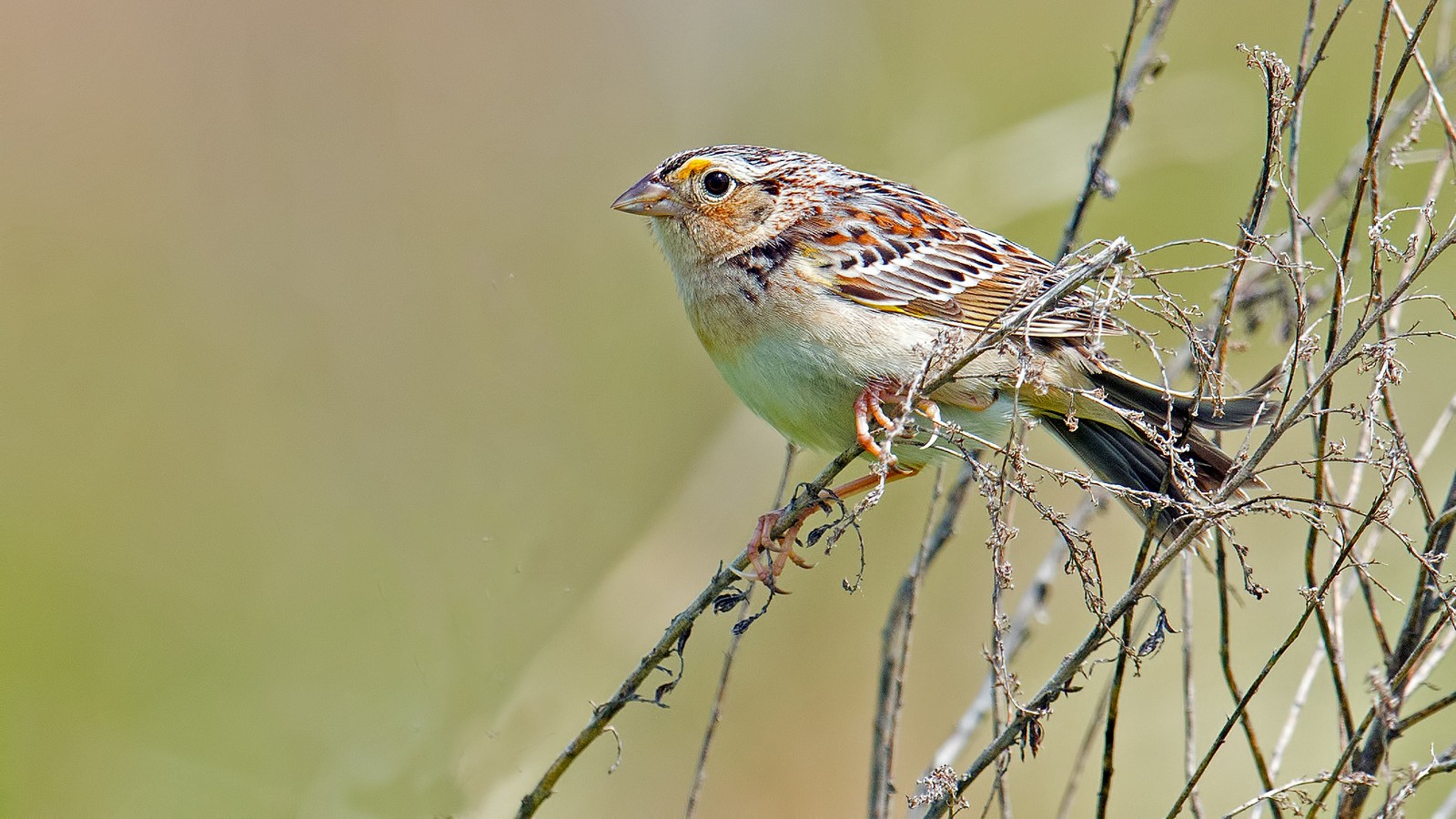The Importance of the Tenaja Corridor: A Key Habitat Linkage

Nestled in the southern Santa Ana Mountains of unincorporated western Riverside County, the Tenaja Corridor is a vital habitat linkage spanning more than 860 acres just west of Murrieta. This corridor enhances ecological connectivity and consists of MSHCP Conserved Lands, including both Public/Quasi-Public Lands and MSHCP Additional Reserve Lands. These lands were secured through a combination of MSHCP Local Development Mitigation Fees, state and federal grants, donations, and contributions from conservation partners like The Nature Conservancy. Along its eastern edge, De Luz Creek flows through the corridor, supporting riparian scrub, woodland, and forest habitat.
Functionally, the Tenaja Corridor connects the southern Santa Ana Mountains to two Core Areas—the Santa Rosa Plateau to the east and the Cleveland National Forest to the west— forming Proposed Linkage 9. Stretching over 3 miles, this corridor plays a crucial role in wildlife movement and genetic exchange, particularly for wide-ranging species such as mountain lions and bobcats.

Grasshopper sparrow
The corridor is home to other MSHCP Covered Species, including the Engelmann oak, grasshopper sparrow, ocellated Humboldt lily, rainbow manzanita, coast range newt and many others – showcasing the corridor’s rich biodiversity.
As development expands, the Tenaja Corridor faces increasing threats that could fragment habitat, isolating wildlife populations, and jeopardize their long-term viability.
Protecting and maintaining this essential linkage is crucial to sustaining ecological connectivity and ensuring that future generations can experience the remarkable biodiversity of western Riverside County.
